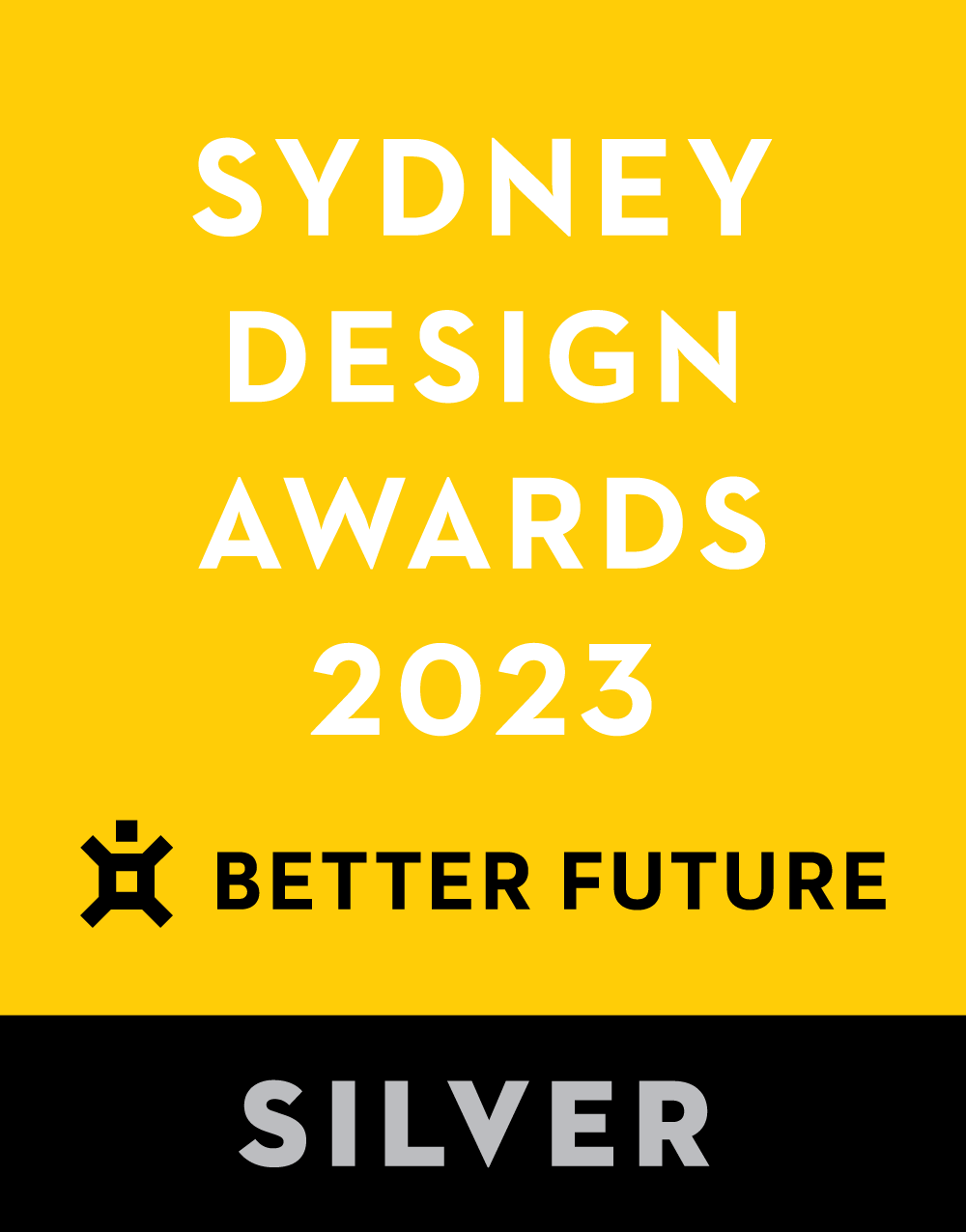Key Dates
-
categories
-
Architecture
-
Interior Design
-
Space Plus
Space Design
-
Product Design
-
Communication Design
-
Graphic Design - Identity and Branding - Property - Commercial
-
Graphic Design - Identity and Branding - Property - Lifestyle
-
Graphic Design - Identity and Branding - Property - Services
-
Advertising & Marketing
-
Service & System Design
Experience Design
-
Digital Innovation
-
Web & App Design
-
Better Future
Transformative Design
-
- quick start guide
- nominate
- winners
- home
Spatial Paradox
UN13 | Interior Design - International Residential - Exec










Image Credit :

Project Overview
The fundamental design concept of this project centers around the intriguing paradox of space. It posits that the very concept of space does not exist within the confines of space itself. The field of spatial design is a multifaceted and intricate discipline, where every space represents a unique amalgamation of interconnected events. In the case of this residential planning, the designer took into account the owner's personal habits, interests, hobbies, and memories to craft a spatial arrangement that not only meets their expectations but also imbues a profound sense of belonging and comfort.
Organisation
Team
LIN YUEH-WEI WANG CHIH-YU CHUNG SHAO-MING LIU YI-JING HUANG CHUN-JU
Project Brief
As you step into the house, you'll notice a half-height TV wall that separates the entrance from the living room. This design choice not only creates a clear distinction between the two areas but also allows for an unobstructed view of the living space. The open design of the public area blends the living room and dining room together, providing residents with a comfortable and spacious area to relax in. The living room wall is adorned with an ink wall material that features a landscape mural from the owner's old family.
Project Need
In the dining room, there is a sleek stainless steel center island that reflects the surroundings and creates an interesting visual effect. The study and kitchen are separated from the main area by iridescent glass sliding doors, which let natural light in while ensuring privacy. The "tea room," a peaceful space, features glass sliding doors and a woven rattan ceiling that reminds the owner of their family memories. Along the walkway leading to the private area, a bedroom has been removed to create a white space that can be used for relaxation and play. The master bedroom features a simple and elegant design with a color scheme of black, white, and gray, providing a cozy resting space for residents.
Design Challenge
In order to effectively convey the essence of each object while upholding a minimalist aesthetic, the planning technique employed for this project is aptly named "simplifying." The overarching goal of this endeavor is to prioritize environmental protection, which is achieved through a variety of means. For instance, both public and private areas feature external windows to maximize natural light and reduce the need for artificial illumination during the day.
Sustainability
Furthermore, the use of low-energy LED lighting significantly curtails energy consumption and carbon emissions. When it comes to soft furnishings, the planning incorporates pure natural rattan elements that are formaldehyde-free, providing warmth during the winter months, coolness in the summer, and optimal air permeability. These elements flawlessly embody the four environmental spirits of "Habitat Health," "Ecological Health," "Human Health," and "Earth Sustainability." The end result is a space that not only exudes practicality and aesthetics but also exemplifies a deep commitment to safeguarding the planet.
Interior Design - International Residential - Exec
Open to all international projects this award celebrates innovative and creative building interiors, with consideration given to space creation and planning, furnishings, finishes, aesthetic presentation and functionality. Consideration also given to space allocation, traffic flow, building services, lighting, fixtures, flooring, colours, furnishings and surface finishes. <div><b>
</b></div>
More Details

